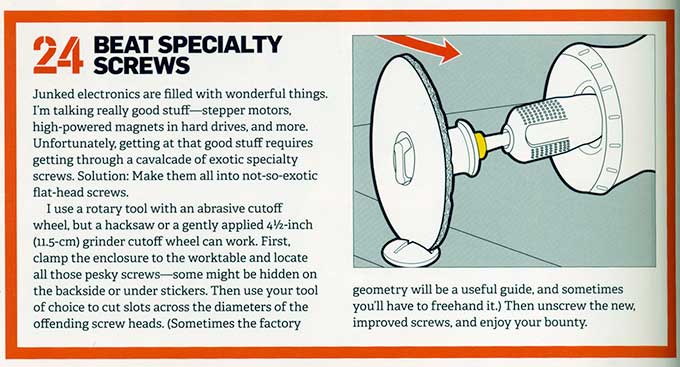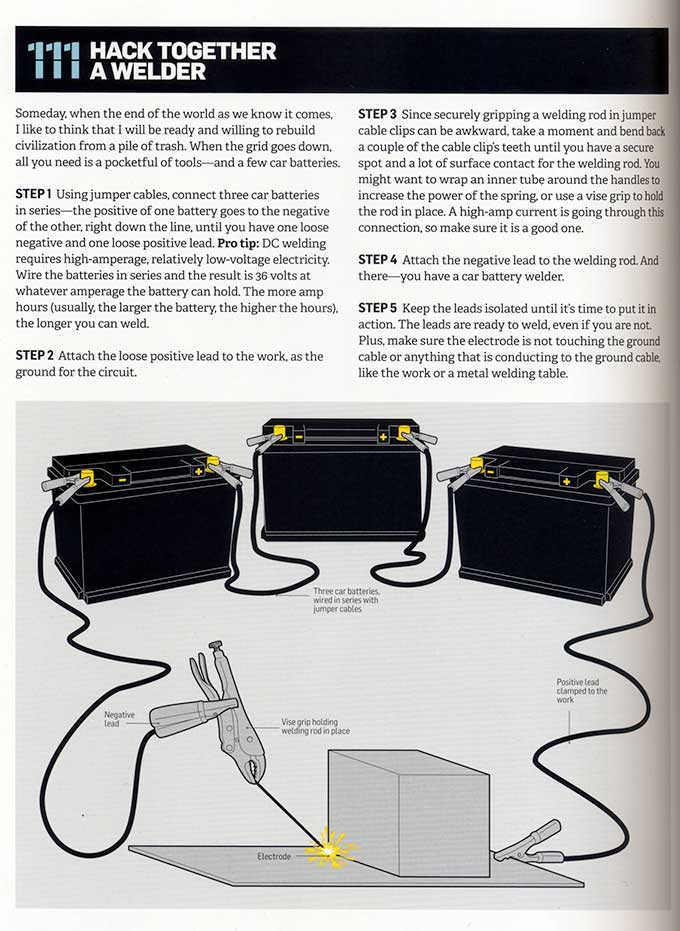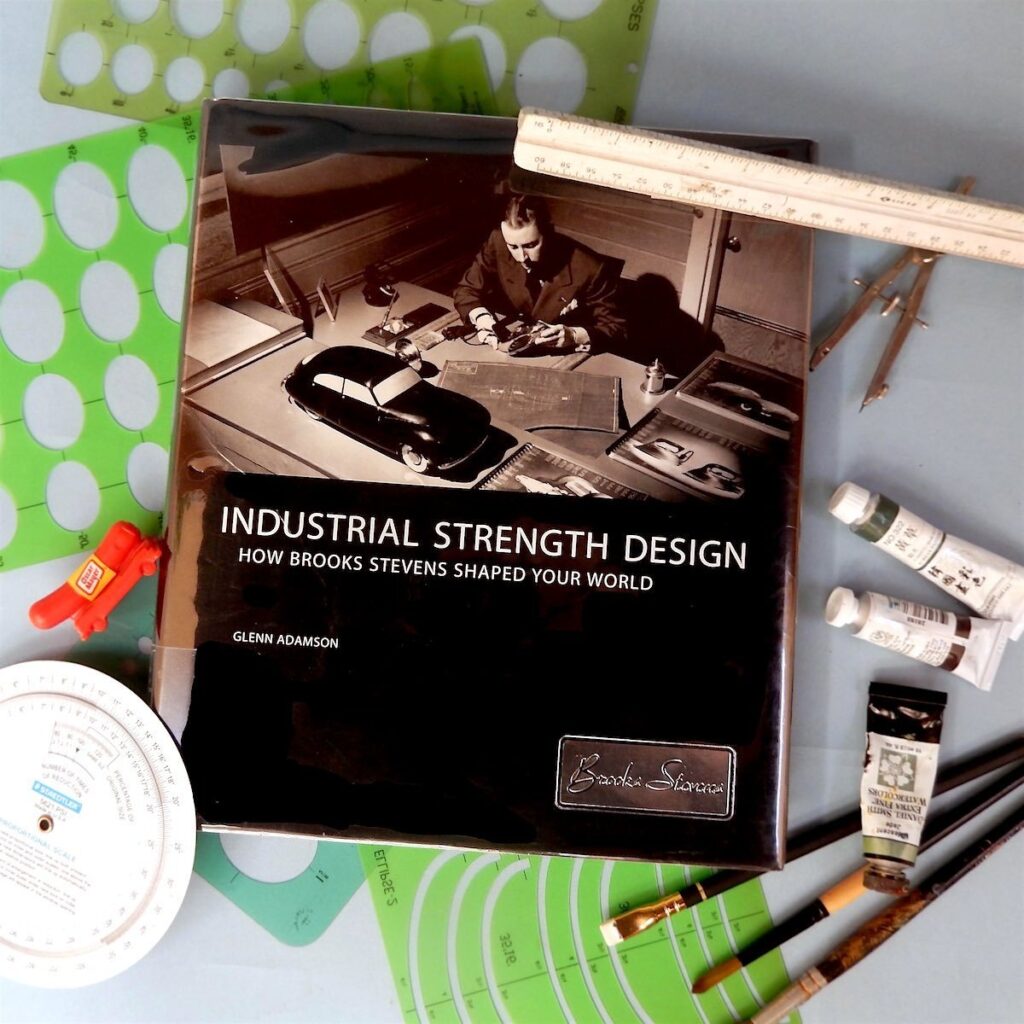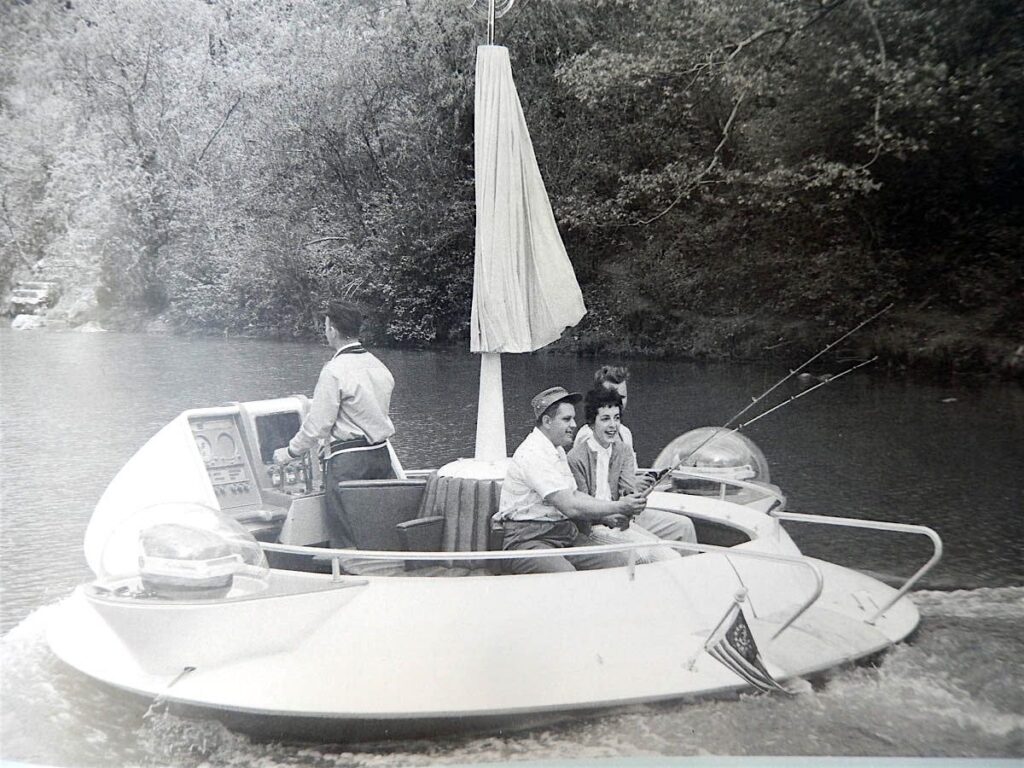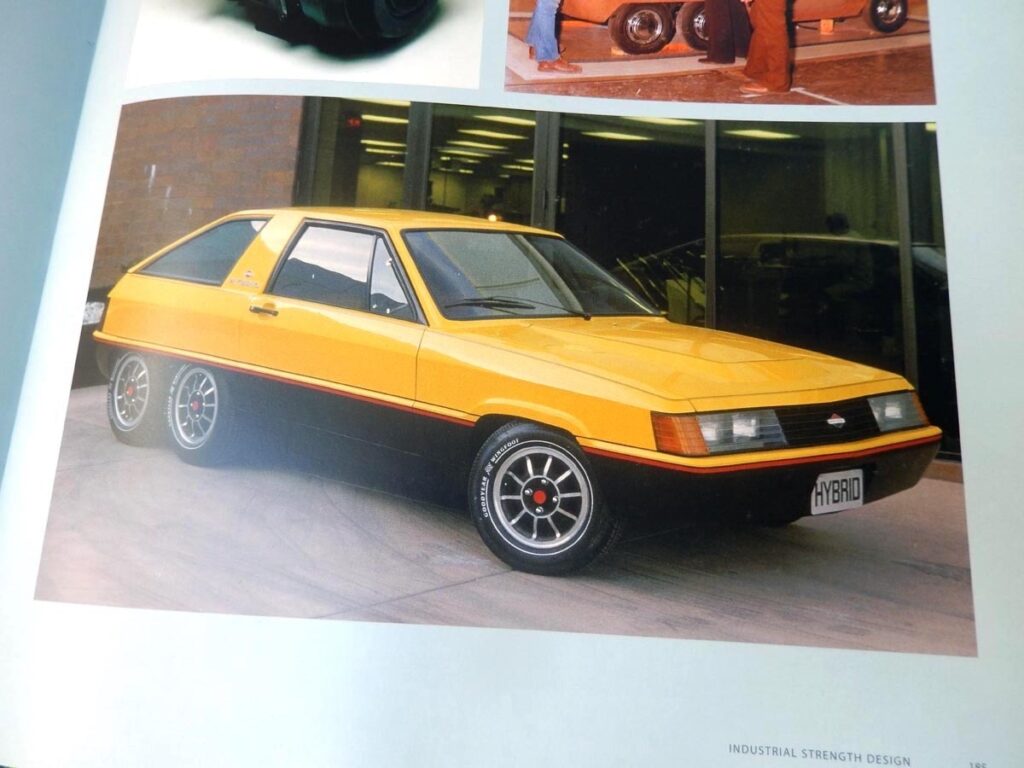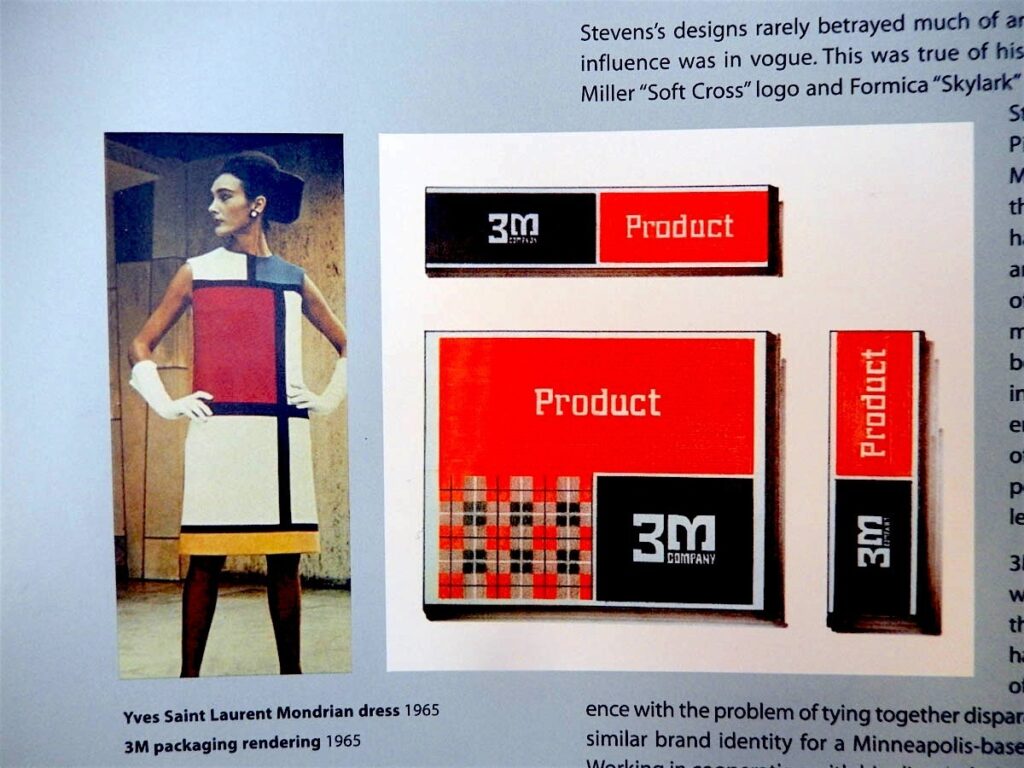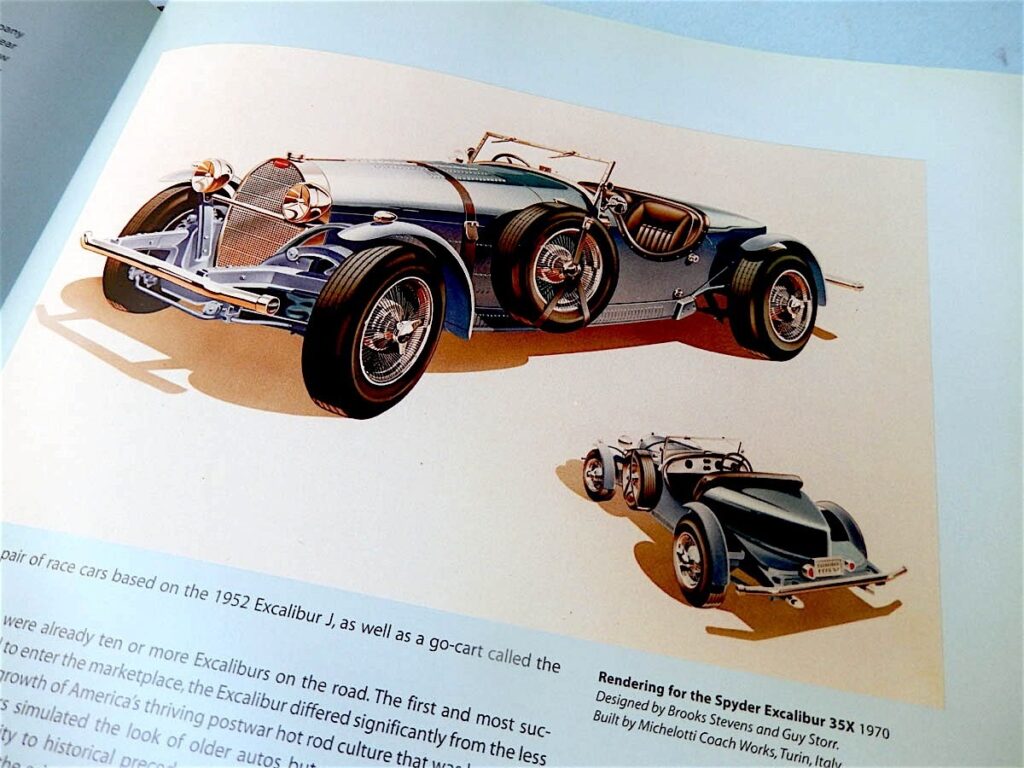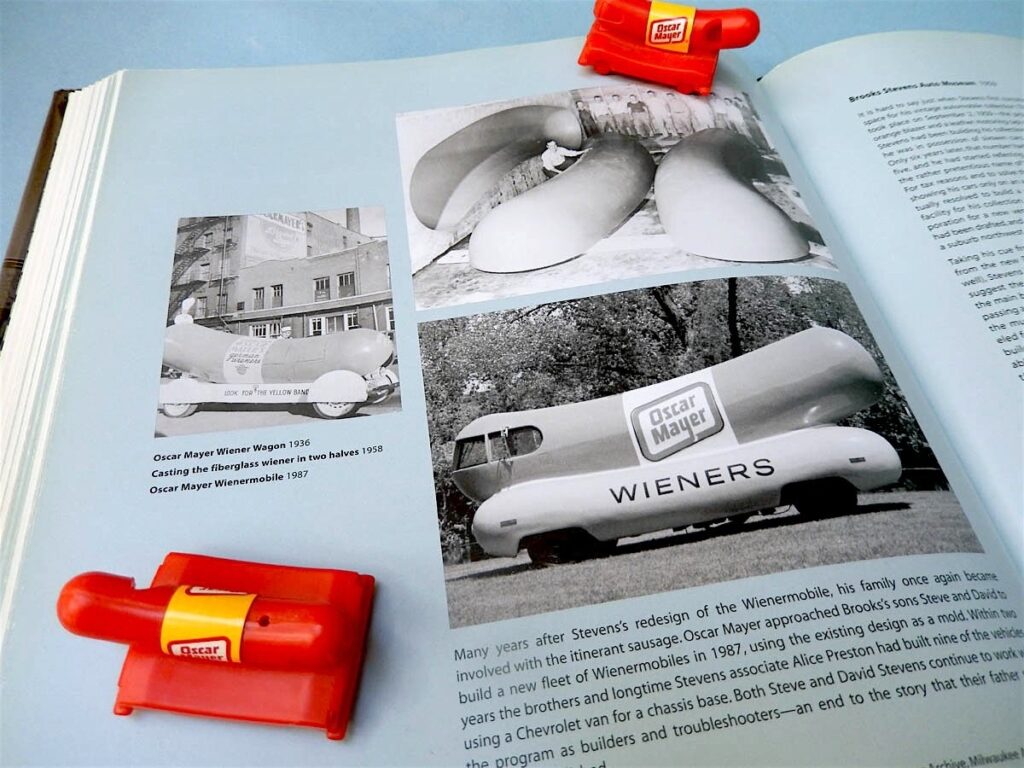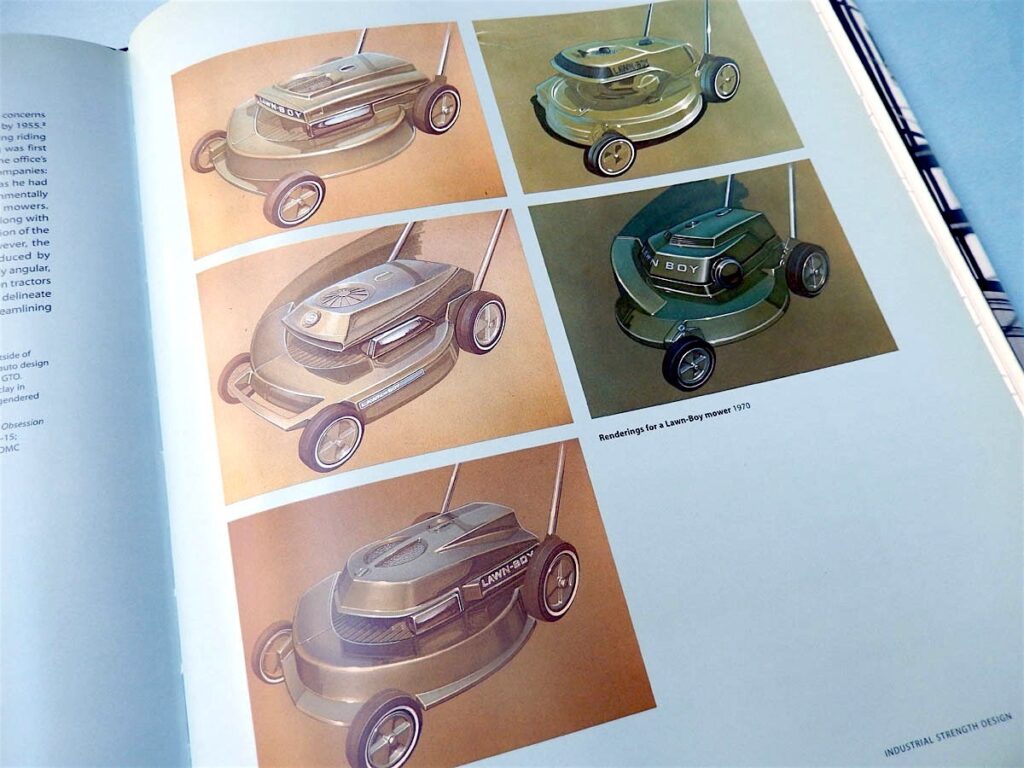The Big Book of Maker Skills
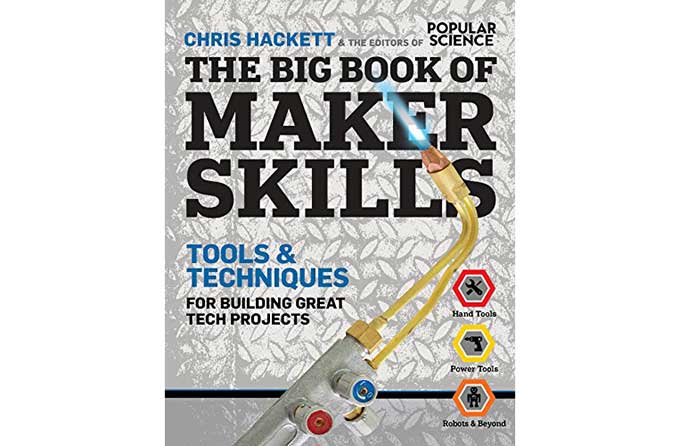
No-nonsense maker advice
Chris Hackett is a no-nonsense builder, artist, and hacker with decades of experience making things with found resources. In this dense but visual book he delivers punchy nuggets of advice without a lot of fluff. Just as I like it. His expertise extends from welding, metalworking, glass, electronics, to scrounging for materials. His pithy lessons are solid and reliable. I learned several dozen tips I didn’t know. This book would be especially useful for students, new makers, or the garage enthusiast because its short text and abundant images make it easy to browse.
06/7/17Excerpt
Save a finger (or a toe)
Makers live in a world of spinning sharp things, or tools from the good old days, when America prided itself on its quality manufacturing and “safety” was purely a football term. Some of our creations are a little on the risky side, and when a maker modifies a tool or piece of equipment, the safety features are the first to go. The second thing to go is a finger or a hand—feet and legs, more rarely.
STEP 1 First things first: Try to stop the blood using direct pressure. If you bleed through a bandage, add another.
STEP 2 Find the part or parts. Pick it up with a clean, damp cloth.
STEP 3 Wrap the cloth and severed part in clean plastic. Make sure there is a little bit of air inside the plastic—vacuum-sealing keeps in the flavor but kills the part. You want the part alive.
STEP 4 Put the wrapped part in a cooler or a bucket of water with some ice—your goal is to keep the part cold but not freezing. Also, do not get it wet.
STEP 5 Go to the emergency room as fast as you can. You have maybe 4 to 6 hours for any chance of reattachment.
*
*
Persuade with sheer hammer force
If you have an immovable object, give it a good, hard thump, below the center of gravity, parallel to the ground, in the direction you want it to go. Use the largest hammer available. Move the hammer slowly—think croquet, not slap shot—and steadily. Follow up the thump with a shoulder, and chances are the immovable object will get moving. Why does this work when a lever fails? Moving a huge object requires a large impulse to overcome its static friction with the ground. Impulse depends on the total force and the time over which it is applied. A force applied over a short time, like a hammerstrike, can deliver a larger impulse than the same force over a longer time.
*
*
Cleanly cut pipes
Cutting pipe that’s larger than your pipe cutter becomes a game of chance. Paper can save the day. Obtain a sheet with at least one factory edge, at least 2 inches (5 cm) longer that the pipe’s circumference. Wrap it around your pipe so its edge is continuous, and scribe around it, then cut with a saw or torch.
*
*
Roll your own gears
Still, there’s something hugely satisfying about seeing a homemade gearbox come to life, and if you’re working with light torques in an easy material like wood or plastic, it’s not difficult to do it yourself using one of several methods. Your first problem will be designing the profile of the gear, but modern software makes this easy. The free open-source drawing program Inkscape is a good place to start. It even comes with a rendering extension that generates vector art for simple gears when you input the diameter, the number of teeth, and the tooth angle you want.
The Big Book of Maker Skills ($17)
By Chris Hacket
2014, 208 pages


